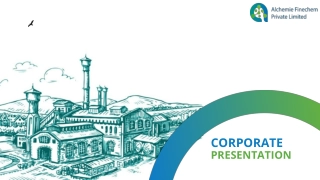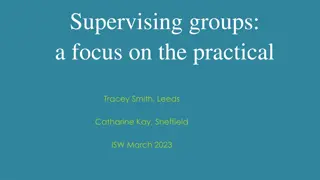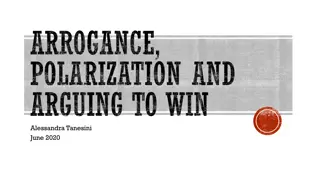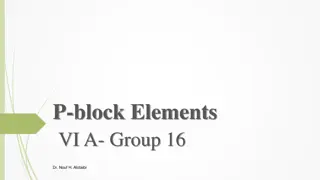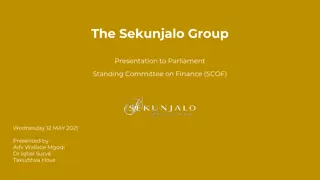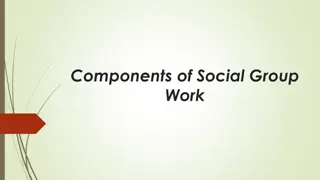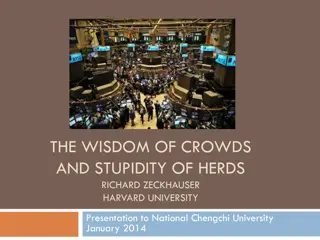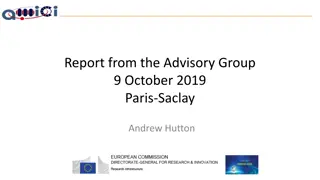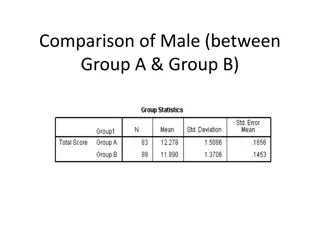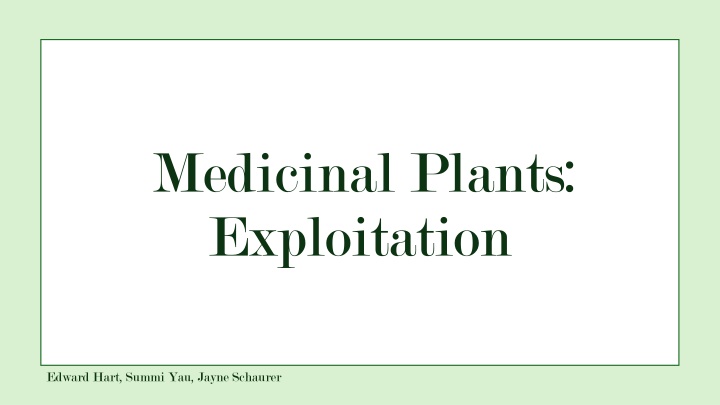
Colonial Plants and European Botanical Hegemony
Learn how the export of colonial plants contributed to the marketization of medicine in Europe and how botanical gardens like Kew played a crucial role in European botanical hegemony during colonial expansion. Discover the historical significance of medicinal plants, colonial bioprospection, and the exploitation of botanical resources in the context of empire-building and economic botany.
Download Presentation

Please find below an Image/Link to download the presentation.
The content on the website is provided AS IS for your information and personal use only. It may not be sold, licensed, or shared on other websites without obtaining consent from the author. If you encounter any issues during the download, it is possible that the publisher has removed the file from their server.
You are allowed to download the files provided on this website for personal or commercial use, subject to the condition that they are used lawfully. All files are the property of their respective owners.
The content on the website is provided AS IS for your information and personal use only. It may not be sold, licensed, or shared on other websites without obtaining consent from the author.
E N D
Presentation Transcript
Medicinal Plants: Exploitation Edward Hart, Summi Yau, Jayne Schaurer
Pratik Chakrabarti Medicine and Empire 1600-1960 European explorers took place in colonial bioprospection which is the practice of identifying and collecting valuable plants from the colonies. This increased the availability of medicaments in Europe The large number of African slaves in the Caribbean brought their traditional ethnomedicine to the Caribbean and some African plants and herbs flourished in the Caribbean climate Caribbean plantations placed the indigenous people and African slaves in close proximity, so their medical practices blended together Colonial surgeons served as key agents by helping to facilitate this blending of medical knowledge. European surgeons and physicians exported plants from the Americas to Europe, with varying success Physicians like Hans Sloane made their fortune from exporting new world plants to Europe The rise of the medical market in Europe, where Doctors became much more profit focused, was driven by new world plants as they were incredibly expensive I believe that there are on the islands many plants and trees which would be of great value in Spain as dyes and medicinal spices (Page 6, attrib. Christopher Columbus) How did the export of Colonial plants contribute to the marketisation of medicine?
Lucille Brockway - Science and Colonial Expansion: The Role of the British Royal Botanic Gardens Kew Gardens started as a royal passion project but quickly became one of the most important tools for British botanical hegemony Kew Gardens worked specifically with the India office to secure cinchona seeds from the Andes and the trees were grown in the Kew glasshouses Quinine was a tool of empire by allowing colonists to manage malaria outbreaks, making it possible to colonize the African interior Britain often illegally obtained seeds for other economically valuable plants, such as rubber, to the detriment of the nations the seeds were stolen from Singapore, a British colony, would later become rubber capital of the world as a result of Kew s propagation of stolen rubber tree seeds Kew trained botanists spread out across the British Empire allowed botanical knowledge to spread, and several botanical gardens were founded across the Empire to further propagate knowledge Botanical gardens transformed knowledge into profit and power for Great Britain (pp.461) How did botanical gardens contribute to European botanical hegemony?
Paula de Vos, 'The Science of Spices: Empiricism and Economic Botany in the Early Spanish Empire The Spanish crown sought to develop economic botany as the trade of spices for food and medicine was primarily dominated by the Portuguese, and then eventually the English and Dutch. Pressure to open up the new market led to advances in the practices, policies, and documentation regarding spice cultivation, mainly in the sectors of collection, transplantation, and ecology, which would lay the foundation for the scientific revolution. Purposeful botanical exchange grew in the early Islamic world; their methods are what inspired the Spanish, and eventually the rest of Europe. To make sure the crown received their cut of the profits, they had two methods: Asientos, which were exclusive production and trade rights given to individuals, and Estancos, which allowed the Crown to entirely control the sale of particular goods. While many spices did not successfully transplant, ginger did too well, which led Spain to create many procedures for regulating production, sale, and transportation. 'The type of imperial economic botany or "colonial botany" as it has been recently termed that they practiced served economic and political ends in addition to the scientific.' Pp. 401 How did other countries impact Spain's pursuit for furthering economic botany?
Daniela Bleichmar, 'Atlantic Competitions: Botany in the Eighteenth-Century Spanish Empire,' pp. 225-252 The Spanish government was incentivized to explore its colonies to search for spices in order to lift up its economy, and this drove them to provide funding for almost 60 expeditions. Interest in expanding knowledge also came from the colonies and naturalists themselves, who worked on projects in their localities and raised concerns over Spain s priorities. Taxonomy was a large part of the struggle to further natural history; there was pressure for plants in the colonies to be similar or the same as those that already sold well in the European market, like cinnamon. Marketing was a large part of creating demand for the spices they had discovered, so plants were connected to Spain s history and writings about them spread to the public to create interest. The botanical garden served as a testing ground for growing plants, which Spain hoped could be transported to the colonies following France s model with Jardin du Roi, but it also served to spread knowledge and train naturalists. 'Naturalists operated within dense institutional and administrative networks especially in the Spanish case, in which exploration and exploitation of nature had a long and well-established tradition within the structures of colonial governance.' Pp. 226 What were some of the concerns naturalists had about the government's priorities?
Londa L. Schiebinger -Plants and empire: colonial bioprospecting in the Atlantic world Indigenous knowledge grew in value over the course of the 18th-century As much as European colonial powers tried to control information and trade, they couldn't always control 'contact zones', where groups would meet e.g. languages Information was closely guarded by resentful native populations and from competing European nations The knowledge of women comparable to prospecting information abroad Smallpox inoculation how information is credited differently, agency of actors 'Confidence in African naturalists cures was so high among whites... when Sir Henry Morgan, lieutenant governor of Jamaica, became dissatisfied with Sloane s treatment of his disease, he sent for a black doctor. ' pg. 80
Matthew James Crawford - The Andean wonder drug: cinchona bark and imperial science in the Spanish Atlantic, 1630-1800 The Spanish Crown was the primary force behind funding and establishment of resources and institutions to research and collect cinchona Establishment of the royal reserve in 1751 made quina an imperial natural resource Key focus on the epistemic culture of the Spanish colonial government and how this cannot be separated by the history of medicine hierarchy + political The view that quina was finite shaped efforts to colonise it Not all naturalist experts were the same different experiences 'Knowledge, just like cinchona bark, was a resource that the Crown hoped to control'pg. 86

